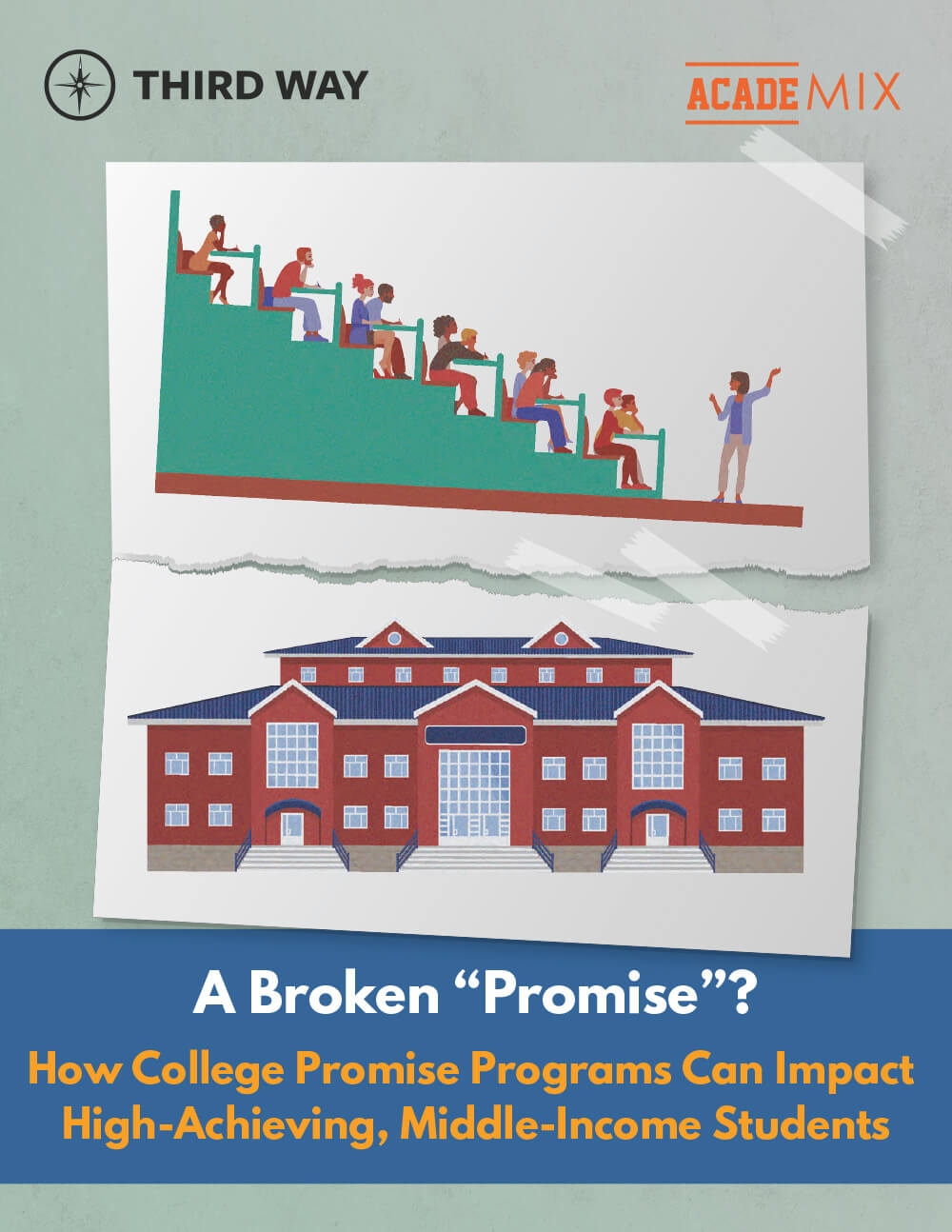
College promise programs guarantee that students who meet specified eligibility criteria can attend college either tuition- or debt-free. Research suggests that community college promise programs can improve degree attainment and economic mobility for their target audience of low-income or academically underprepared students—the type of students who are less likely to directly enter a four-year college after high school. However, the impact of these programs on non-target students—in particular, academically well-prepared, middle-income students—has not been fully considered. Such programs may introduce unintended consequences if they lead students who were likely to attend four-year schools to instead downshift their enrollment into two-year schools.
To understand the extent of such unintended consequences and their potential impacts on students’ economic mobility, this report builds off previous research on the American Honors community college program—whose aim was to support high-achieving, low-income students in transferring to selective four-year institutions—and incorporates “College Mobility Report Card” data from Opportunity Insights. The American Honors study found that starting at a two-year college lowered students’ chances of completing a four-year degree, even for well-prepared, middle-income students. Forty-two percent of American Honors students in the study never transferred to a four-year college. American Honors students also had much lower rates of enrollment in selective colleges than their peers who entered four-year colleges directly, hurting their chances of moving up the economic ladder. The author provides a series of policy recommendations based on trends in these students’ intertwined academic outcomes and economic prospects.
